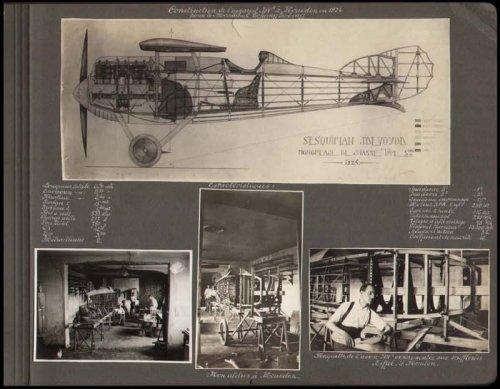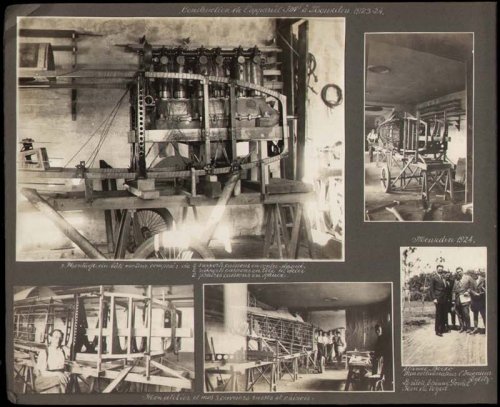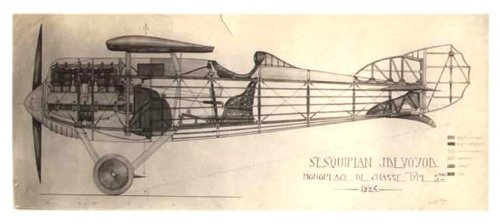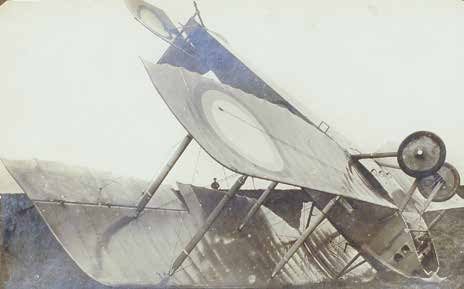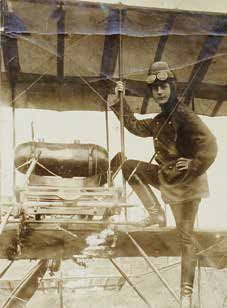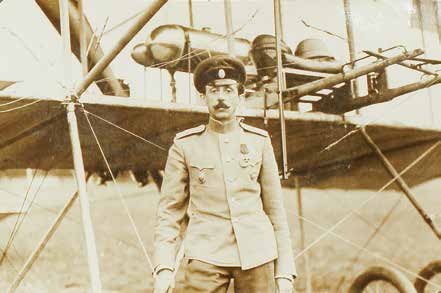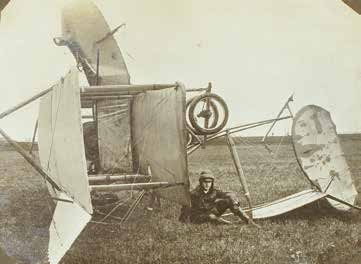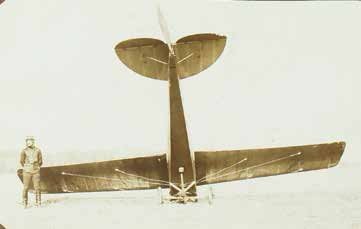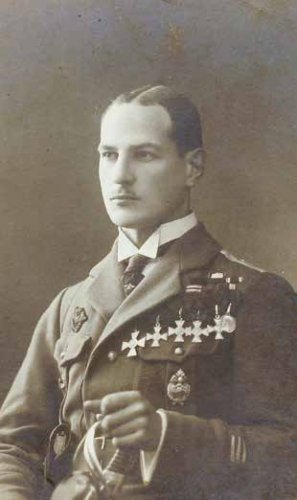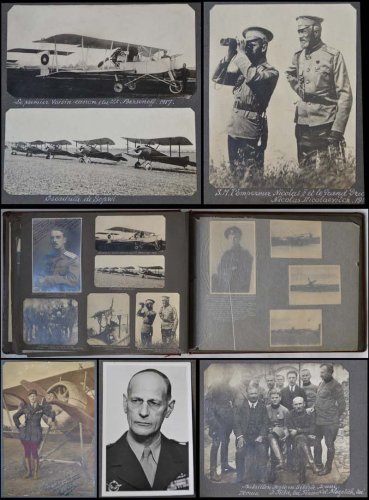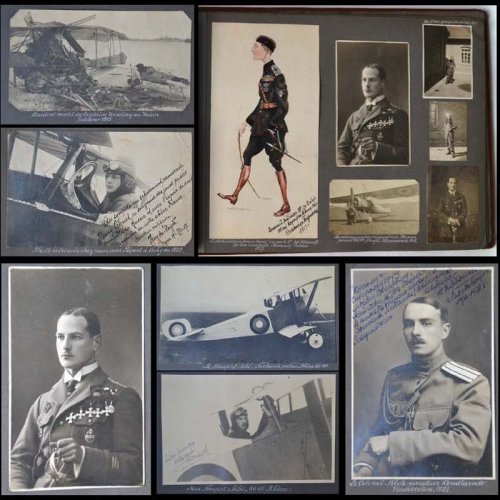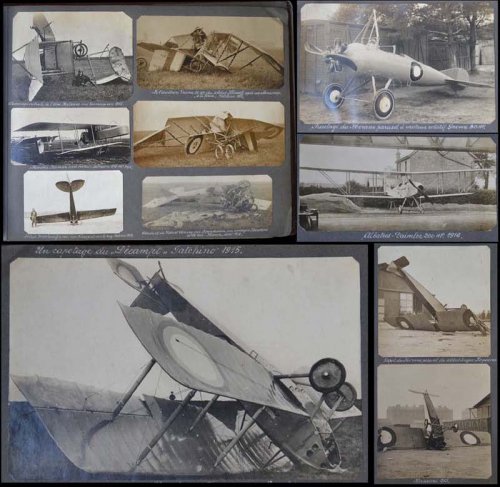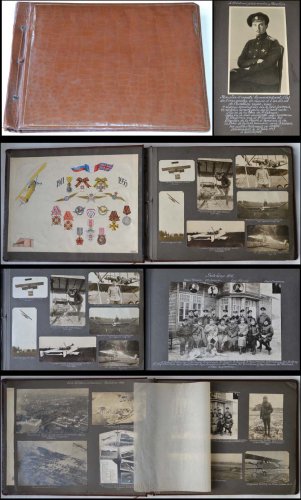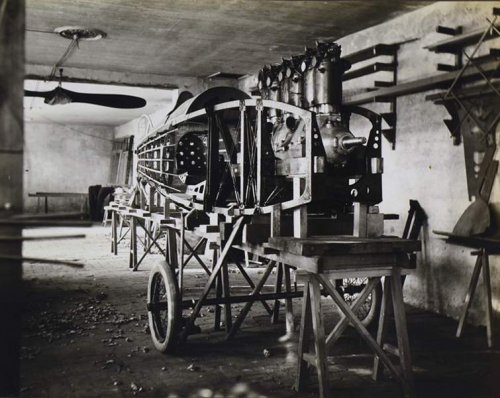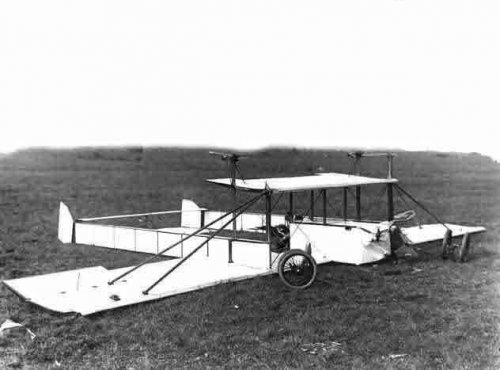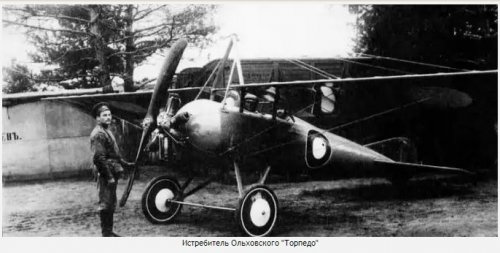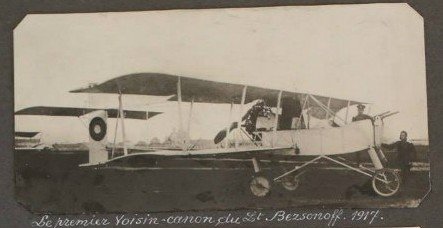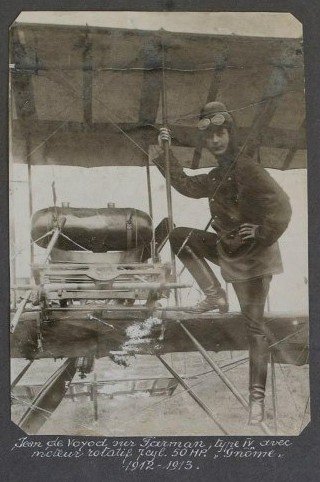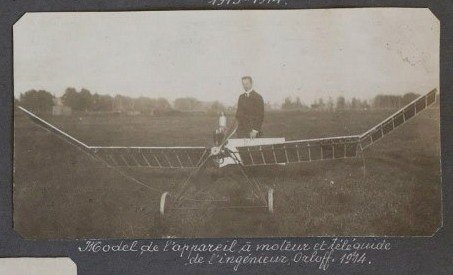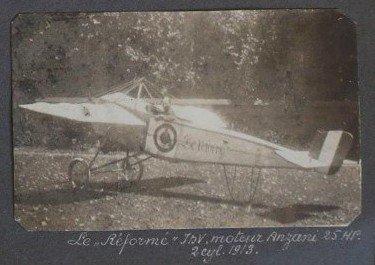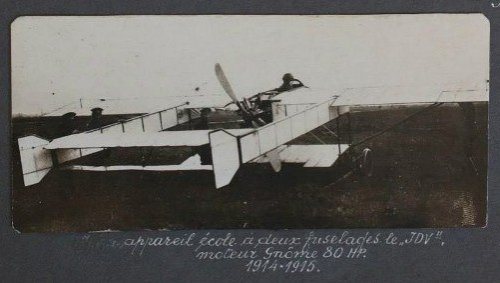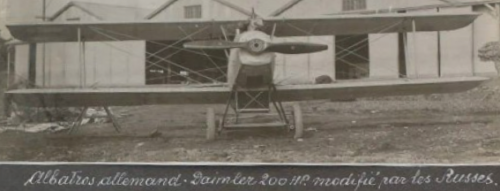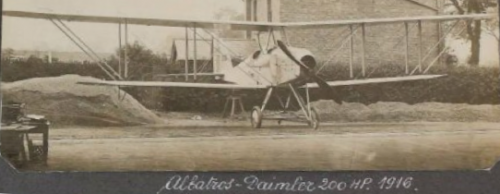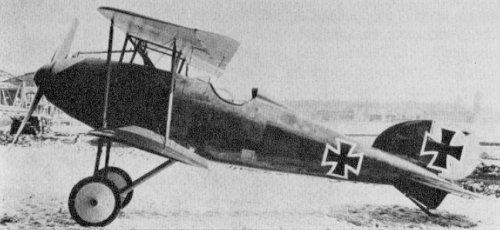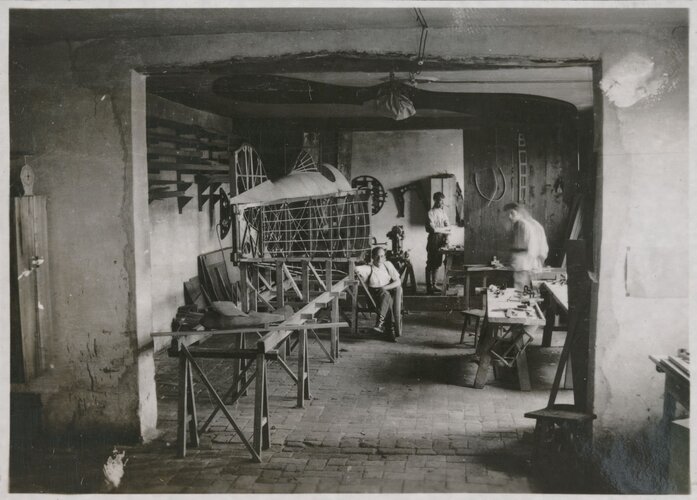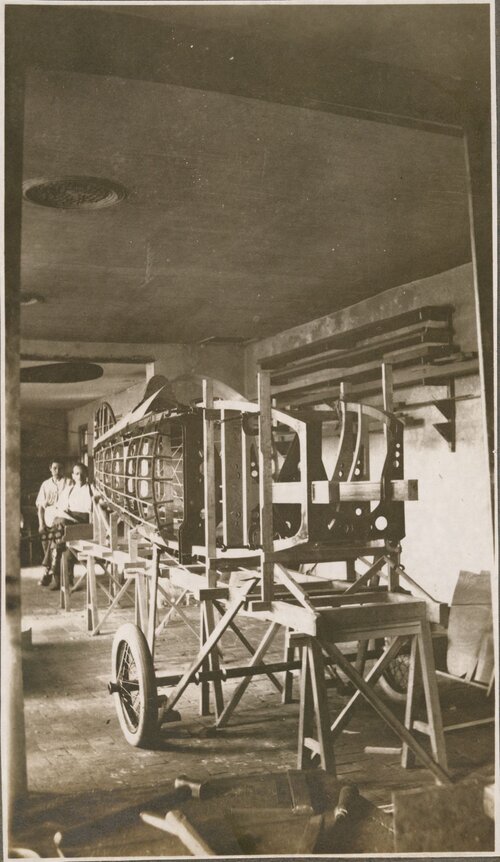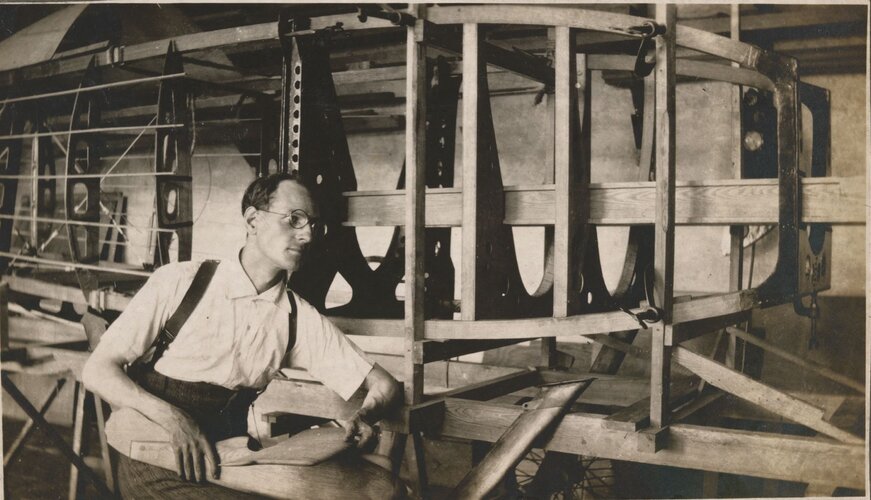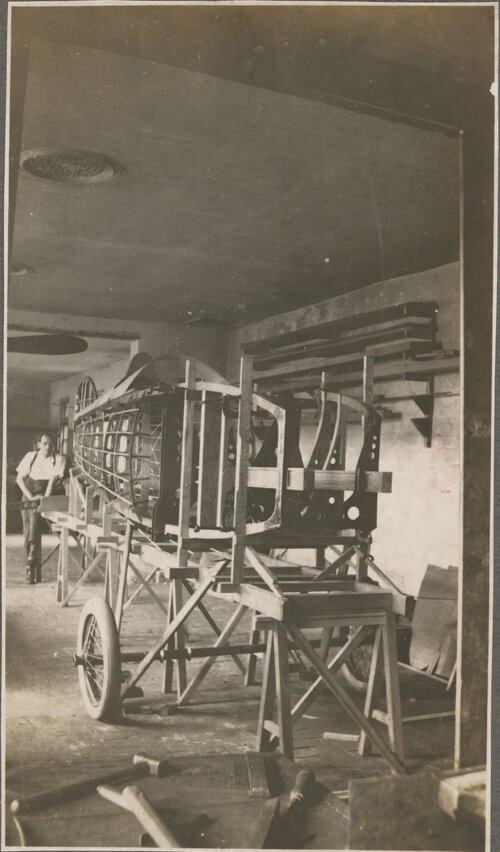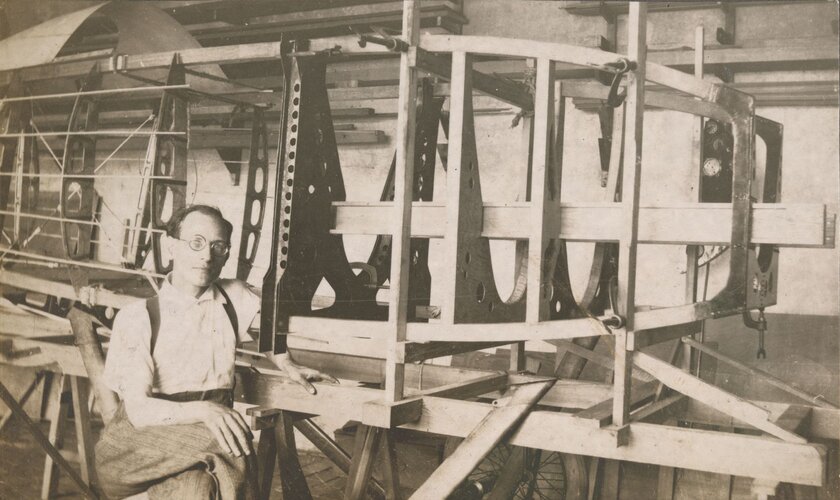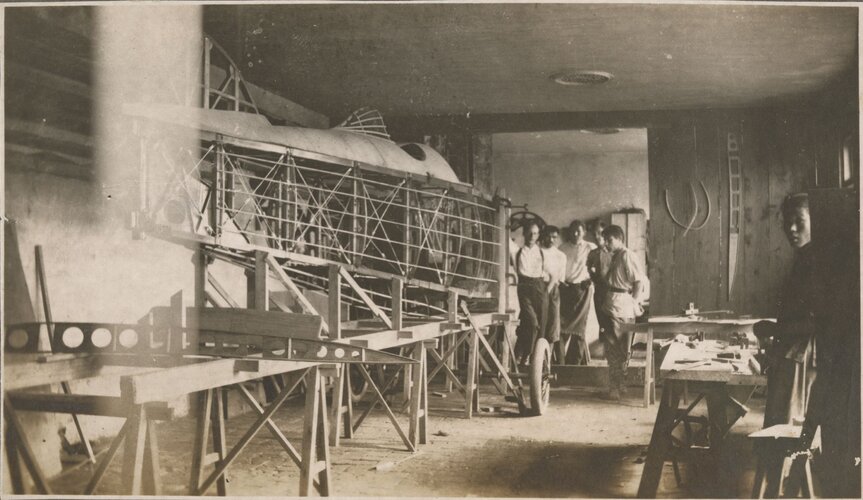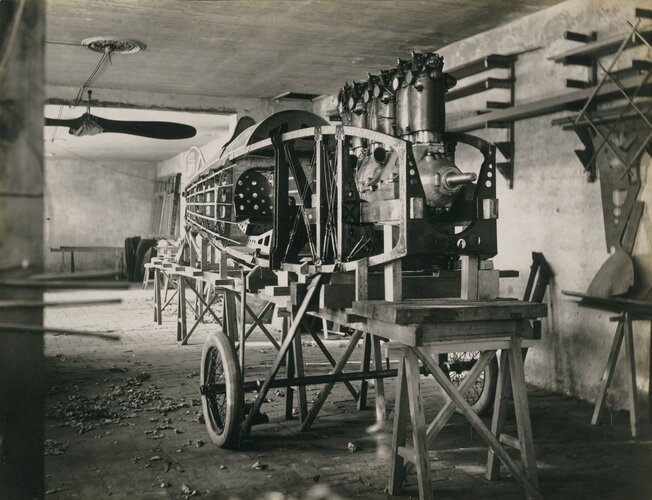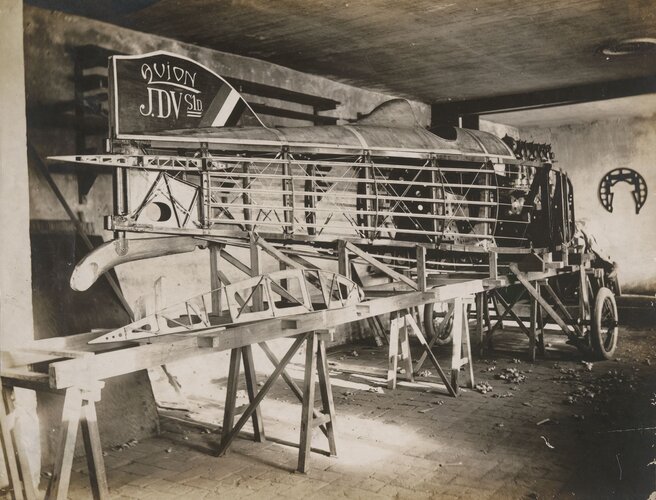Skyblazer said:
This topic is getting some pretty interesting developments! Thanks again Silencer1 for adding these rarities.
Have you got any idea how "Jean de Voyod" was spelt in Russian? I used many possible spellings but none returned any relevant pages... French pronunciation should be "duv-wah-yo" (final "d" being silent) but I have no idea how the Russians might have transcribed it...
I found a page, but it's unavailable now...
ria1914.info/index.php?title=Войод_Жан_де
Looks, that his name spelled in Russian as it has been written, in most simple way.
Found a copy in search engine cahe:
Jean de Voyod Russian pilot of French origin, a member of the First World War. In 1917, a military pilot 16 Corps aviation detachment. Since August 1918 Kolchak. From Vladivostok emigrated to China. He served in the Chinese aviation, then moved to France. Member of the veteran French flying club. For documents of that time is usually from voice characteristic is much confusion in the writing of the names. In particular, the name of the pilot, a native of France, Jean De Voyoda different sources indicate as De Vaio, Devayot, Deviot, Devayod, Devoyod, Devanot, Devoid and even Devayst. He was awarded a variety of orders and medals. There was a deserter from the Red Army to Kolchak. From the chronicles of those years: Also On August 11 Alatyr school of aerobatics at Sviyazhsk station arrived pilots Ryabov on "Nieuport 23" and DeVayot on "Nieuport 17" seconded to the 23 th corps detachment, in which, after a hasty evacuation of Kazan was just two aircraft. August 19, 1918 and Devayot Ryabov pilots during the bombing sortie Kazan sat down at the airport, the busy white. August 20 they joined the staff of the Office of Air Fleet of the People's Army. During the battle for Kazan to the Whites as pilots flew Kudlaenko Nevyazhsky and thus deserted 7 pilots, representing 25% of all flight crews of the Red Army on this front. Pilot Alexander Ryabov, in his book of memoirs (Alexander Riaboff «ReminiscencesofaRussianPilot - Gatchinadays» (Smithsonianinstitutionpress, 1986) writes that he spent with De Voyodom a few days in the Red Army, and it was he who persuaded him to fly over the White Army.
And link to larger pictures from album https://vk.com/album-54309243_211249061

